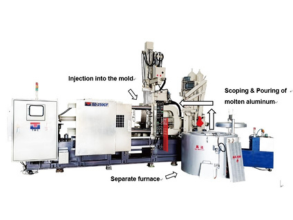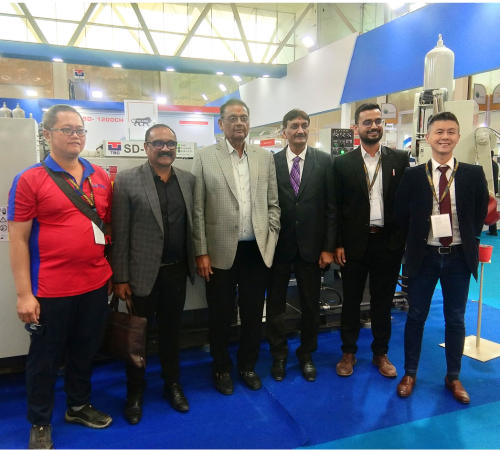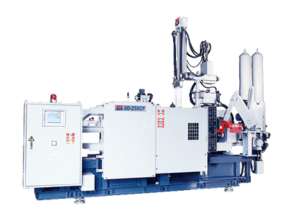Choosing the Best Die-Casting Machine : Types & Manufacturing Guide
A die-casting machine is a specialized manufacturing equipment used to produce metal parts through the die-casting process. This process involves injecting molten metal into a mold (die) under high pressure to create precise, durable components. A well-designed die-casting machine ensures high efficiency, accuracy, and repeatability in metal part production, making it indispensable in industries such as automotive, aerospace, electronics, and consumer goods.
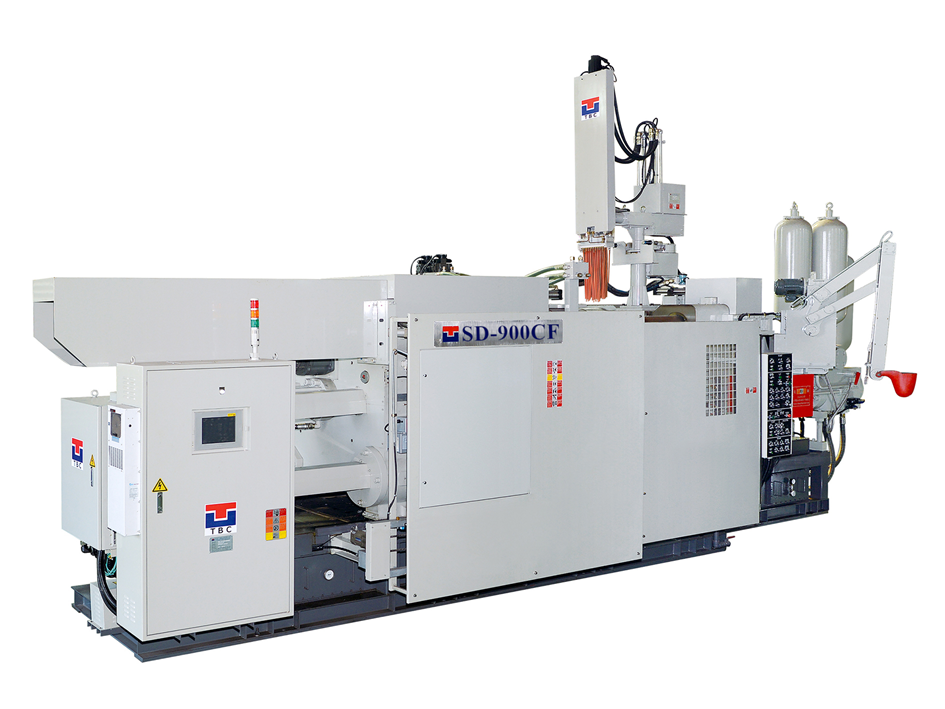
Types of Die-Casting Machines
There are two main types of die-casting machines used in the industry:
1. Hot Chamber Die-Casting Machine
-
Ideal for metals with low melting points such as zinc, magnesium, and lead.
-
Features an integrated furnace where the metal is melted and injected into the die.
-
Offers fast cycle times and high production efficiency.
2. Cold Chamber Die-Casting Machine
-
Designed for metals with higher melting points like aluminum, copper, and brass.
-
The molten metal is poured manually or automatically into the injection chamber before being forced into the die.
-
Provides superior strength and durability for complex metal parts.
Read more : Cold Chamber vs. Hot Chamber Die Casting : Choosing the Best Option for Your Project
The Manufacturing Process of a Die-Casting Machine
The manufacturing of a die-casting machine is a complex and highly specialized process involving multiple stages. Below is a detailed breakdown of the key steps:
1. Design Phase
-
Conceptual Design
Initial design based on customer requirements, including machine performance, specifications, and intended applications.
-
Engineering Design
Development of a die-casting machine model that meets critical specifications such as die clamping force, Meter-in Injection System, ejection system, hydraulic system, cooling system, and control system.
-
CAD Modeling
Utilization of computer-aided design (CAD) software to create precise structural drawings, ensuring seamless integration of all components and optimal machine function.
2. Material Selection and Processing
-
Material Selection
Frames and Structural Parts: High-strength steel or cast iron to ensure durability, stability, and thermal properties required for die-casting operations.
Core Components: Heat-resistant alloys such as stainless steel to withstand high temperatures and corrosion, ensuring long-term operational efficiency.
-
Precision Machining
Advanced CNC (Computer Numerical Control) machining processes to achieve tight tolerances and high-precision part manufacturing.
-
Heat Treatment
Key components undergo heat treatment processes such as quenching and tempering to enhance hardness, wear resistance, and fatigue strength.
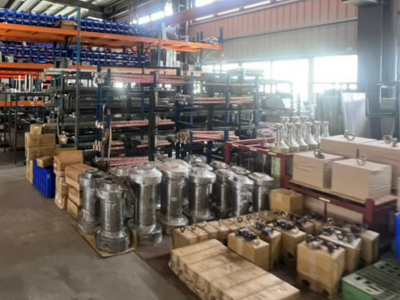
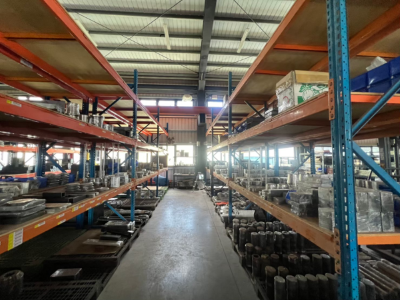



3. Assembly Stage
The assembly stage is crucial for integrating all subsystems into a fully operational die-casting machine. Key steps include:
-
Die Clamping System
Assembly of tie bars, platen, and hydraulic cylinders to securely hold the die during injection and cooling.
-
Injection System
Installation of the injection plunger and circuit components to facilitate precise metal injection.
-
Hydraulic System
Integration of hydraulic pumps, valves, and actuators responsible for controlling die clamping forces, injection pressure, and machine movements.
-
Electrical System
Installation of control panels, sensors, and inverters for precise machine operation.
-
Cooling System
Integration of cooling lines and oil coolers to ensure efficient heat dissipation, optimizing cycle times and prolonging machine lifespan.
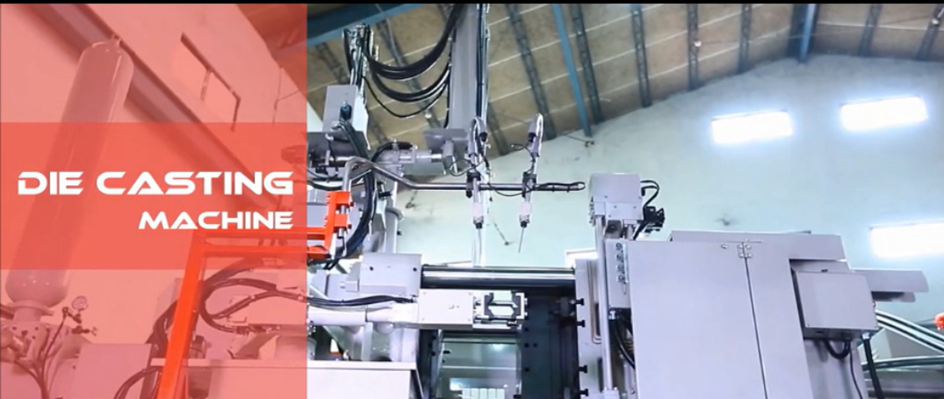

4. Testing and Debugging
Before delivery, rigorous testing and debugging processes are conducted:
-
Functional Testing
Verification of all machine subsystems (clamping, injection, cooling) to ensure smooth operation without leaks or malfunctions.
-
Stress Testing
Simulation of real-world high-load conditions to evaluate machine stability and durability.
-
Calibration
Adjustment of injection speed, pressure, and other parameters to meet exacting specifications.

5. Surface Treatment and Packaging
-
Surface Treatment
Sandblasting and painting to enhance corrosion resistance and provide an aesthetically pleasing finish.
-
Packaging & Shipping
Protective packaging materials ensure safe transportation of the die-casting machine to the customer’s site.
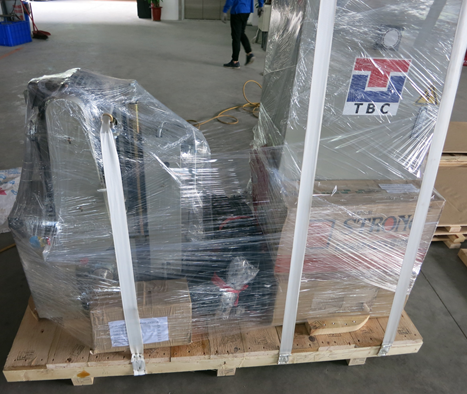
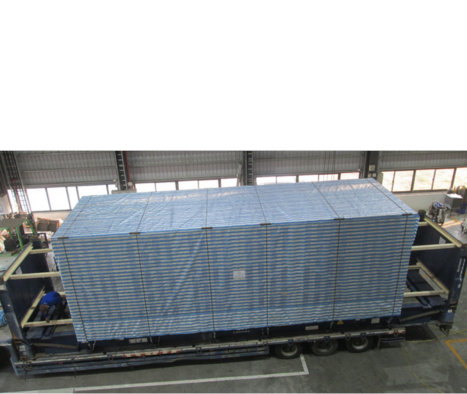
6. Installation and Acceptance
-
On-Site Installation
Upon arrival at the customer’s facility, the technical team completes installation, commissioning, and acceptance testing.
-
Operator Training
Hands-on training sessions ensure customer operators are proficient in machine operation and routine maintenance.
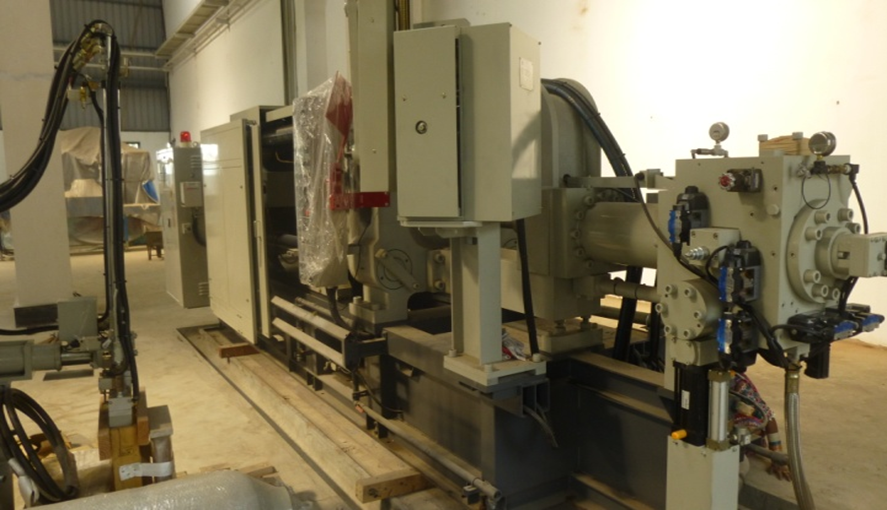
The Role of Automation in Die Casting
Modern Automated Die Casting systems are revolutionizing the industry by improving efficiency, reducing labor costs, and enhancing production consistency. Automated systems integrate robotic arms, real-time monitoring, and predictive maintenance technologies to streamline operations and ensure precision in metal casting.
Looking to Buy a High-Performance Die-Casting Machine?
Selecting the right die-casting machine is crucial for optimizing your production efficiency and product quality. At TBC, we specialize in delivering state-of-the-art die-casting machines tailored to your manufacturing needs.
Additionally, understanding the Aluminum Die Casting Process can help you make informed decisions about material selection and manufacturing techniques to achieve superior results.
Contact us today to consult with our experts and find the perfect die-casting solution for your business!
